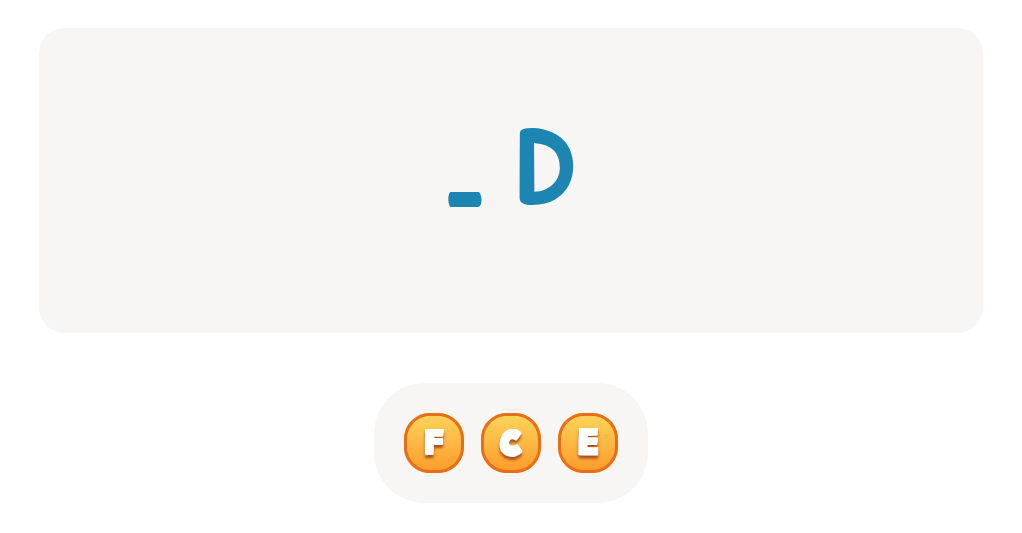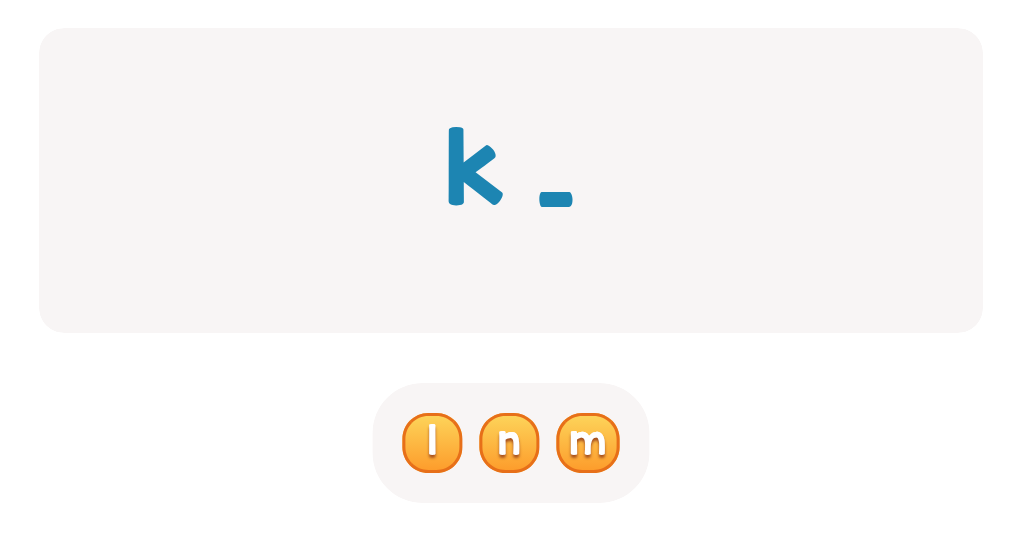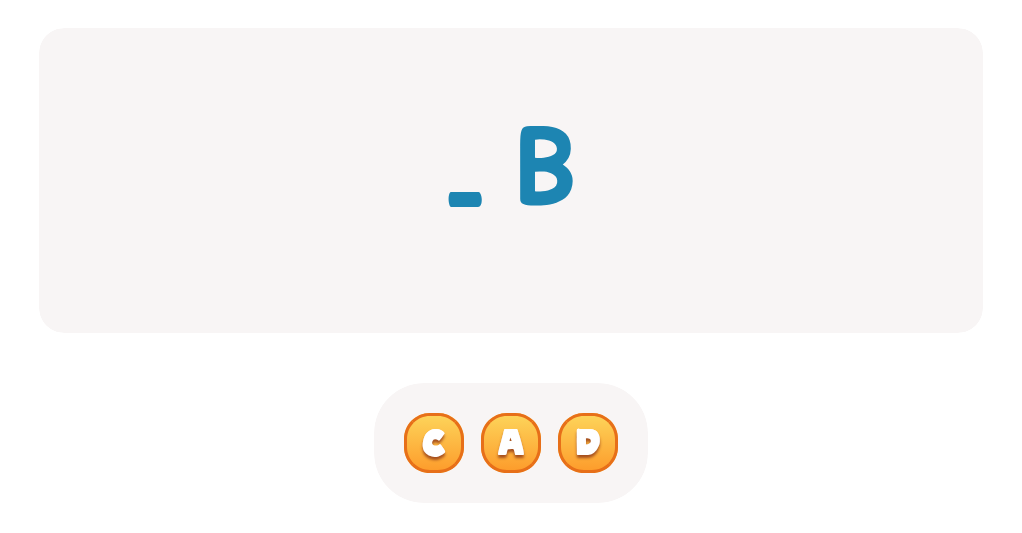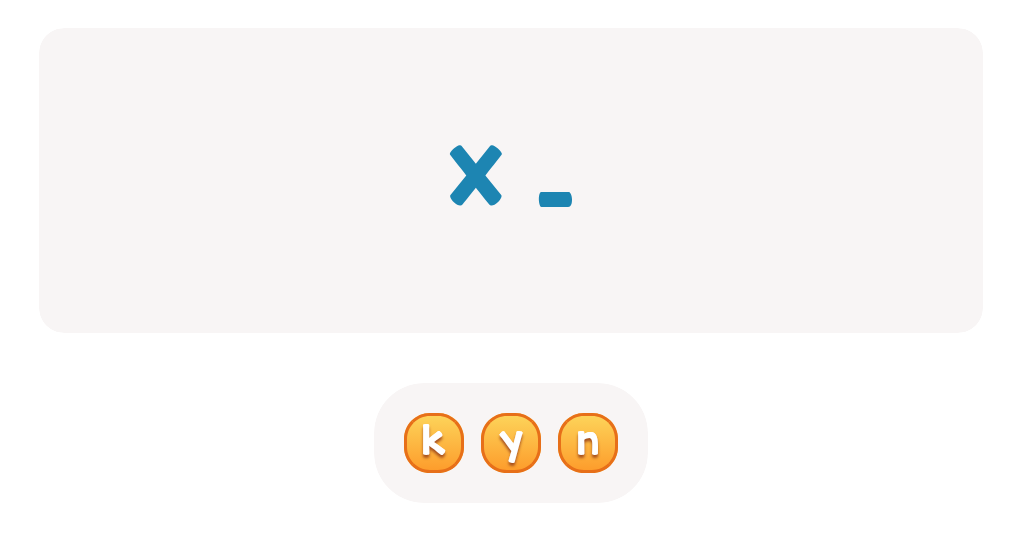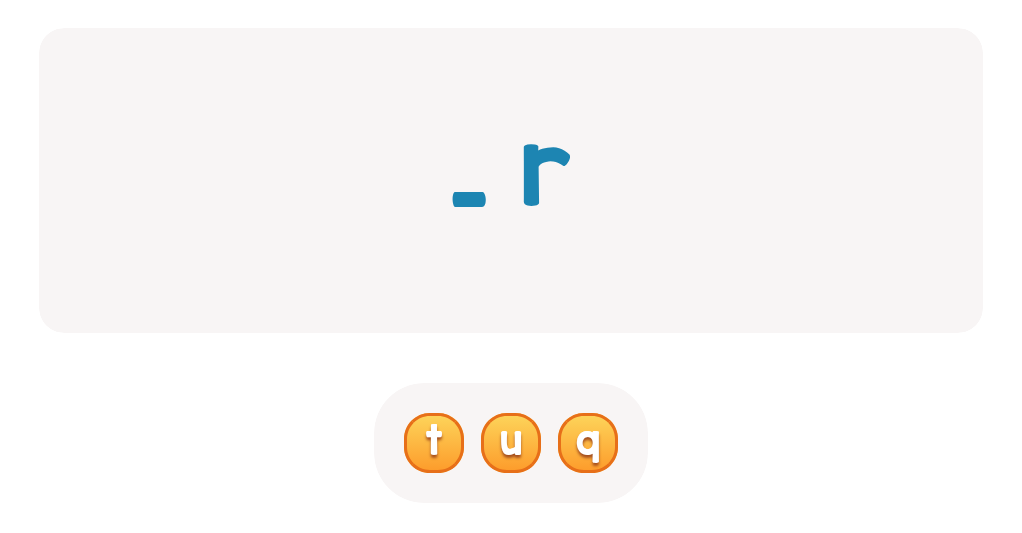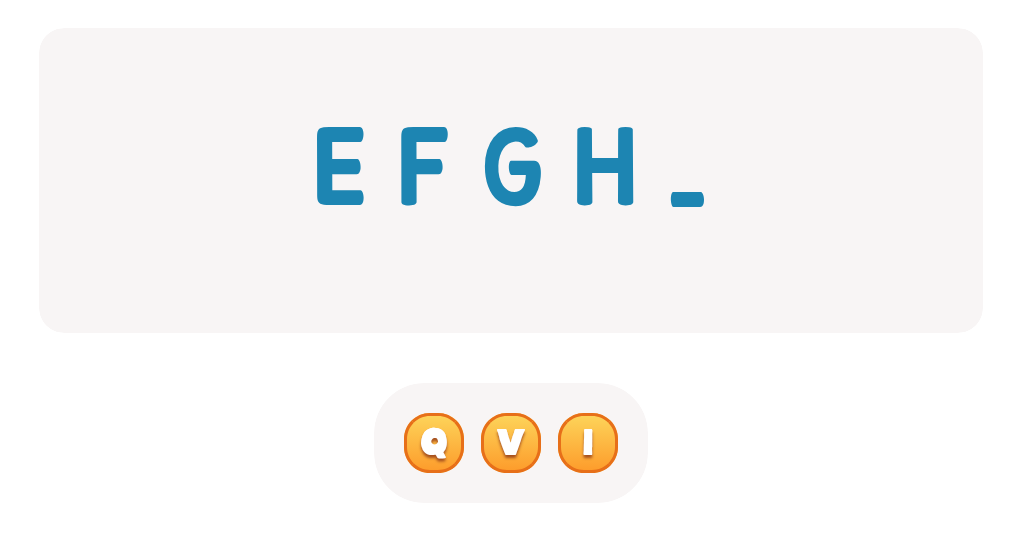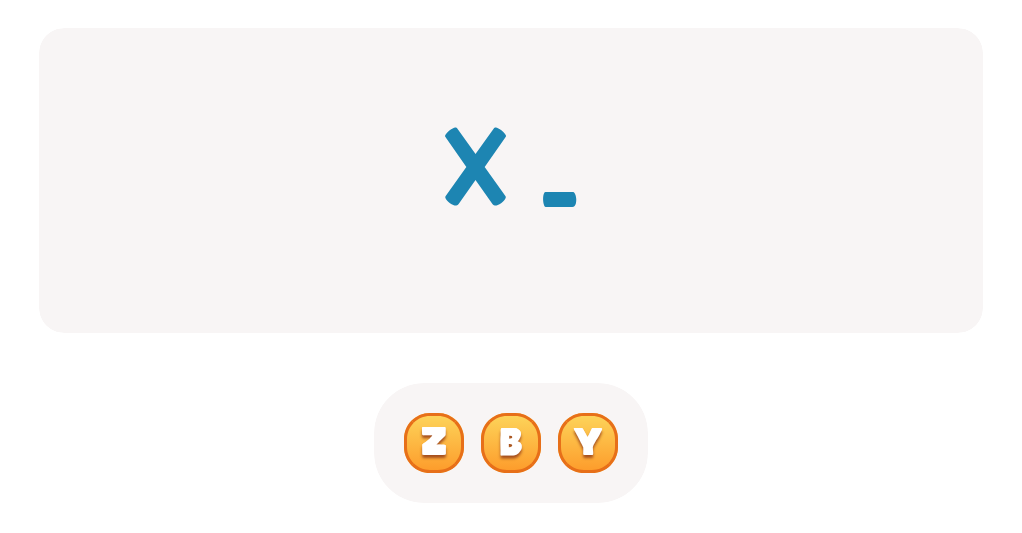Alphabet familiarity Normal Upper & Lowercase Letters Worksheets for Ages 5-7
6 filtered results
-
From - To
Enhance your child's alphabet familiarity with our engaging worksheets designed for ages 5-7! Our collection features both upper and lowercase letters, featuring fun activities that make learning enjoyable. These worksheets help young learners recognize and differentiate letters while improving their writing skills. With colorful visuals and interactive tasks, your child will gain confidence in their letter knowledge. Ideal for home or classroom use, these resources support early literacy development through guided practice. Download the worksheets today and watch your child's love for letters flourish, setting a strong foundation for their reading and writing journey!
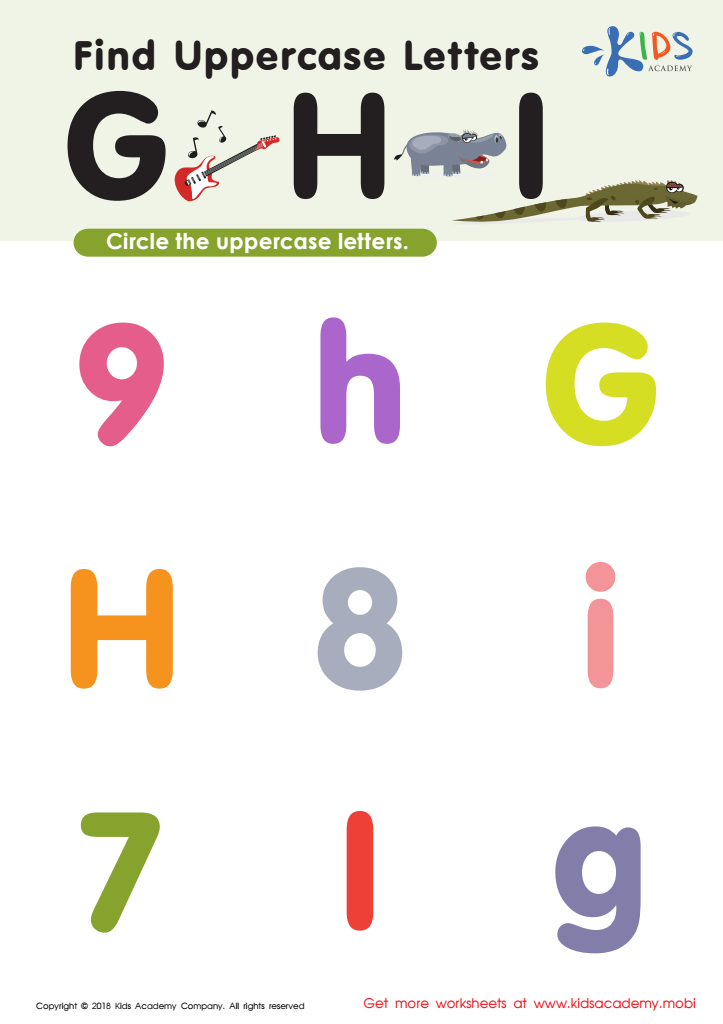

Find Uppercase Letters G, H, and I Worksheet


Find Uppercase Letters Worksheet


Find Uppercase Letters J, K, and L Worksheet
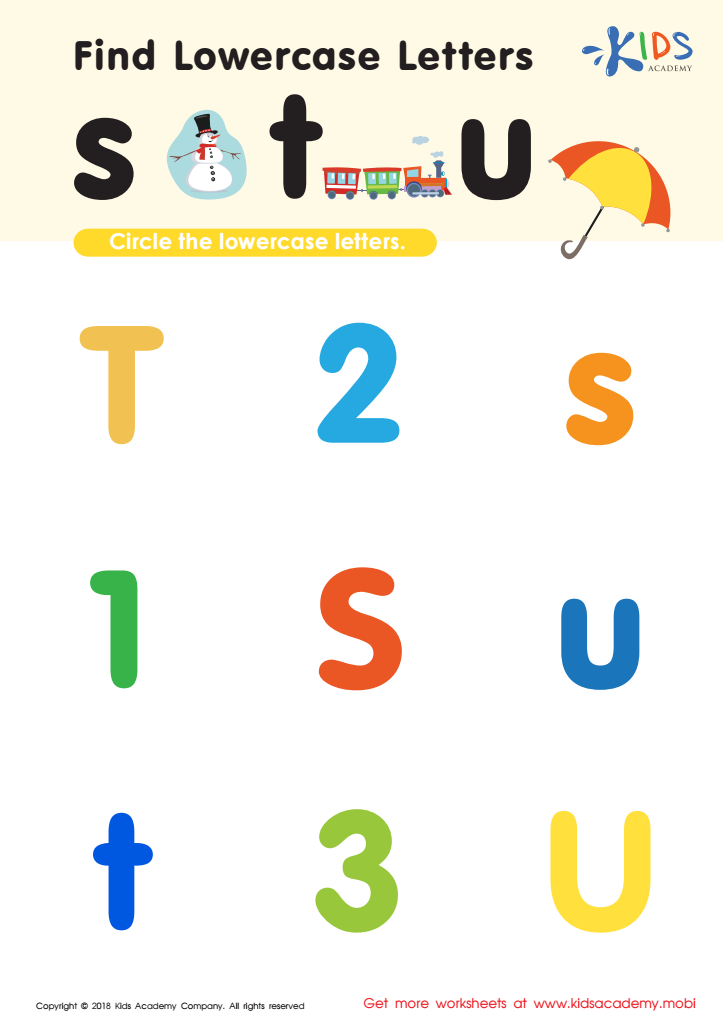

Find lowercase Letters s t u Worksheet


Find Uppercase Letters A, B, and C Worksheet
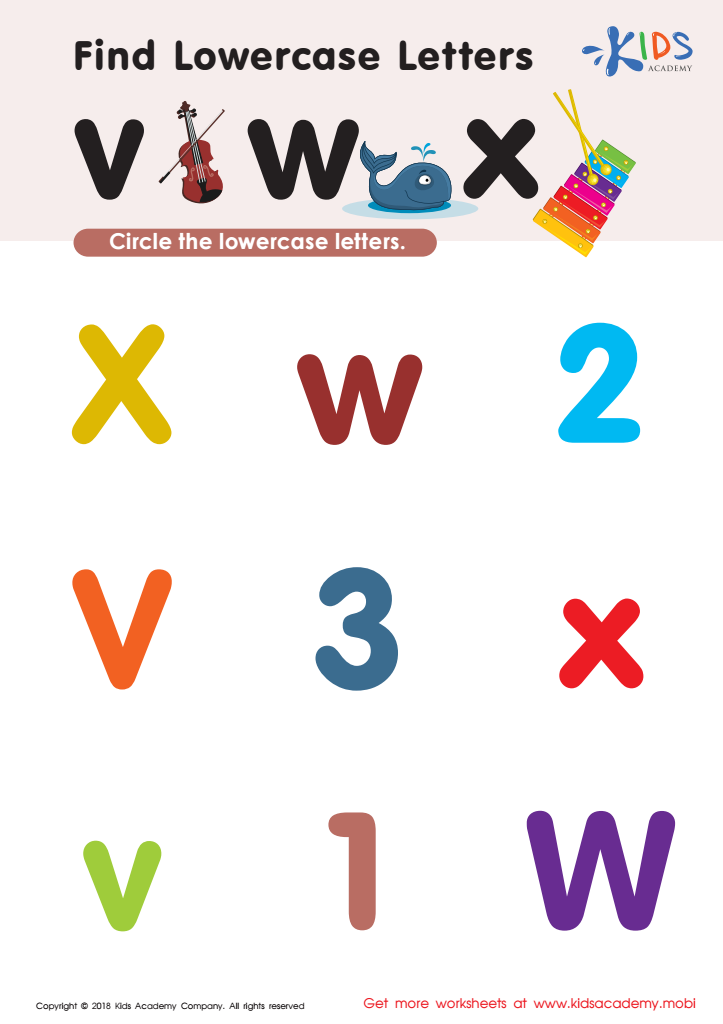

Find Lowercase Letters v w x Worksheet
Alphabet familiarity is crucial for children aged 5 to 7, as it serves as the foundation for literacy development and overall academic success. During this stage, children are transitioning from preschool to primary education, where their exposure to reading and writing expands significantly. Recognizing both uppercase and lowercase letters is essential for helping children decode and comprehend text.
Uppercase letters often signal the beginning of sentences and proper nouns, while lowercase letters make up the majority of written language. Familiarity with both forms assists children in reading more fluidly, as they can instantly recognize words, enhancing their confidence and enjoyment of reading.
Moreover, when children understand letter recognition, they develop phonemic awareness, which is vital for spelling and writing skills. This proficiency contributes to stronger communication abilities that extend beyond the classroom. Parents and teachers play a pivotal role in this aspect of learning by providing engaging activities, such as storytelling, games, and writing exercises.
Ultimately, prioritizing alphabet familiarity in early childhood education supports lifelong learning, fostering not only essential literacy habits but also a love for language and discovery in young learners.
 Assign to My Students
Assign to My Students
